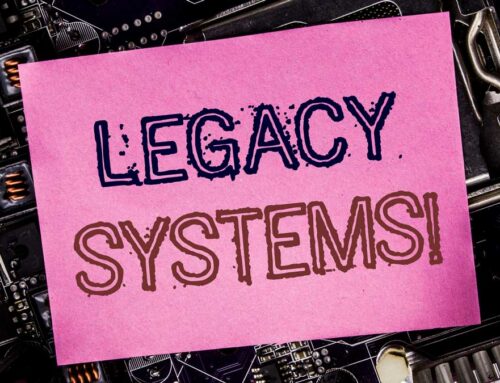
At LSG Solutions, we have been using an agile software development approach for more than a decade. We take a large project and break it into smaller pieces with primary units that last about one month, which are known as a sprint. So instead of running a marathon, we’re running a series of shorter sprints to accomplish the goal.
Every project is different, so the number of sprints will vary. All tasks for all projects are put into a sprint backlog, which means it’s waiting to be assigned and worked into a specific sprint. We’re continually adding things to the sprint backlog and then working them into sprints, which makes it a constant work in progress that stimulates both the mind and the technology. We use a specific software (Atlassian Agile Jira) to manage the assignments and organize them into sprints.
Scrum, which often goes hand-in-hand with agile, is an iterative approach. Each month-long sprint involves a day or two of planning and approximating effort. Each day has a short meeting to discuss progress and impediments. And at the end of each sprint, we reflect on lessons learned.
The scrum approach identifies the people who are actively involved in a task and those who are committed to or accountable for that task. Three specific roles are assigned: scrum master, product owner, and team member. The scrum master runs interference and acts as coach throughout the process. The product owner is the staff person or group who will be using the software system, which means IT doesn’t own the system in this accountability model. And the team members are the developers and subject matter experts who will be working on the project.
Product owners are involved extensively in determining the order that pieces should be worked, or the prioritization of smaller pieces as opposed to working on large pieces with little visibility. They are also in charge of the entire product backlog, although the team is involved in setting expectations as to what can be accomplished in each sprint.
With large pieces broken down into smaller pieces and assigned to different team members, it’s much easier to measure progress on a large project. When we complete estimates each month during sprint planning, we’re estimating those smaller pieces that can be measured along the way.
With each sprint, we have clearly defined goals for delivering increments of software. We use this process because it helps our clients have visibility into the software production process as opposed to waiting and wondering about their project’s status.
No tags for this post.





Leave A Comment